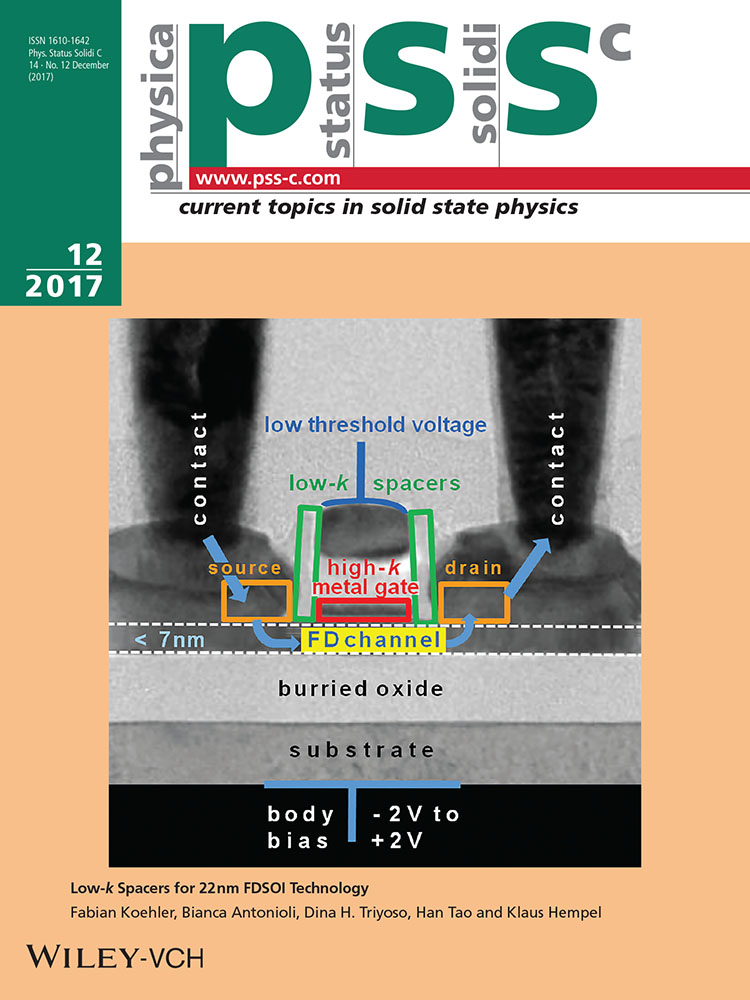Shallow donor centers in gallium nitrides
Abstract
Production processes of electrically active defects in nominally undoped n-GaN irradiated with fast electrons are investigated. It has been demonstrated that the silicon impurity atoms with shallow donor states at EC – 20 meV interact with native defects neither during irradiation nor annealing at elevated temperatures. Two major kinds of defects produced by irradiation in n-GaN are revealed: donor centers at EC – 70 meV and deep acceptors centers. These defects were found to be unstable at T > 200 °C. They can be attributed to the vacancies on the nitrogen and gallium sublattices, respectively.




